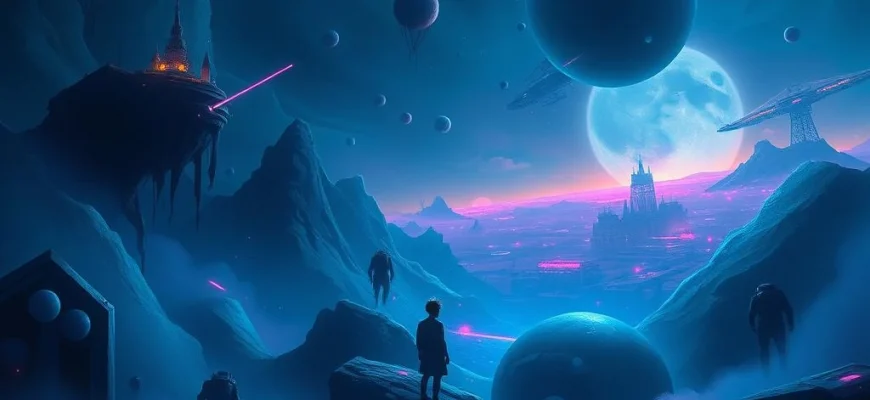If you loved the mind-bending thrills of 'Dreamscape' (1984), you're in for a treat! This article explores 10 similar movies and shows that blend sci-fi, psychological intrigue, and dream manipulation. Whether you're a fan of surreal storytelling or action-packed adventures, these picks will keep you hooked.
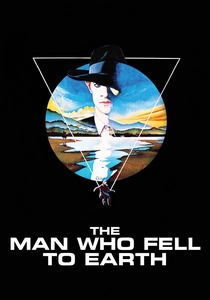
The Man Who Fell to Earth (1976)
Description: A surreal and visually poetic film about an alien navigating human society, filled with dreamlike imagery and existential themes.
Fact: David Bowie's first major acting role. The film was heavily edited for its initial U.S. release, losing much of its surreal tone.
 Watch Now
Watch Now 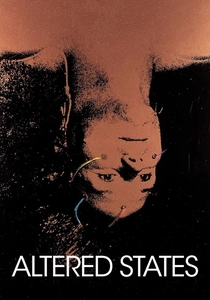
Altered States (1980)
Description: A psychedelic journey into the depths of the human mind, featuring hallucinatory sequences that blur the line between science and mysticism.
Fact: The film's special effects were achieved using a mix of practical effects and early CGI. The lead actor underwent drastic physical transformations for the role.
 Watch Now
Watch Now 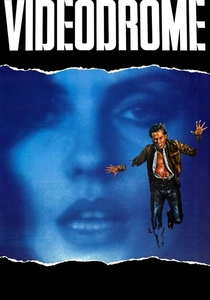
Videodrome (1983)
Description: A body horror film that explores the merging of technology and human consciousness, with grotesque and hallucinatory visuals.
Fact: The film's special effects were created by Rick Baker, who won an Oscar for 'An American Werewolf in London.' It was initially banned in several countries.
 Watch Now
Watch Now 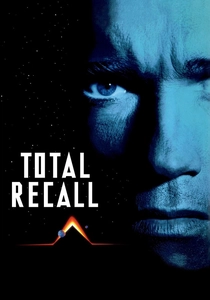
Total Recall (1990)
Description: A high-octane action film that questions the nature of memory and reality, featuring bizarre and imaginative sci-fi landscapes.
Fact: The film's special effects were groundbreaking for the time, including the iconic three-breasted woman. It was loosely based on a Philip K. Dick story.
 Watch Now
Watch Now 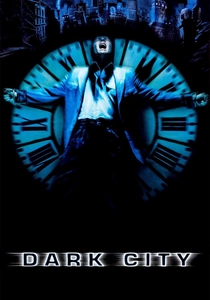
Dark City (1998)
Description: A noir-inspired sci-fi film that plays with memory and identity, set in a constantly shifting cityscape that feels like a collective dream.
Fact: The entire film was shot on sets with no natural sunlight. The director's cut removes the opening narration to enhance the mystery.
 Watch Now
Watch Now 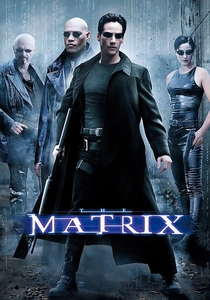
The Matrix (1999)
Description: Revolutionary in its depiction of a simulated reality, questioning the nature of existence with groundbreaking visual effects and a dystopian narrative.
Fact: The bullet time effect was created using a ring of still cameras. The film's philosophy draws heavily from Jean Baudrillard's 'Simulacra and Simulation.'
 Watch Now
Watch Now 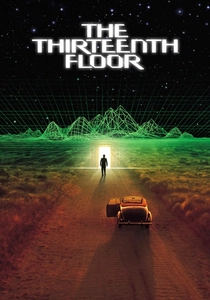
The Thirteenth Floor (1999)
Description: A cerebral thriller that examines simulated realities and the existential questions they raise, with a twisty narrative that keeps viewers guessing.
Fact: The film is based on the novel 'Simulacron-3' by Daniel F. Galouye. It was released the same year as 'The Matrix' but received less attention.
 Watch Now
Watch Now 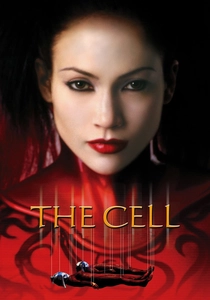
The Cell (2000)
Description: Delves into the surreal and visually arresting world of a comatose patient's mind, featuring dreamlike sequences that challenge perception.
Fact: The film's costume designer won an award for the intricate and otherworldly outfits. Many scenes were inspired by the works of artist Damien Hirst.
 Watch Now
Watch Now 
Paprika (2006)
Description: A mind-bending animated film that explores the merging of dreams and reality, with vibrant and surreal visuals that depict the fluidity of the subconscious.
Fact: The film heavily influenced Christopher Nolan's 'Inception.' The parade scene is one of the most iconic and visually striking sequences in anime.
 Watch Now
Watch Now 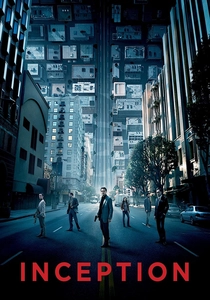
Inception (2010)
Description: Explores the concept of entering and manipulating dreams, blurring the lines between reality and the subconscious mind with visually stunning dreamscapes.
Fact: The spinning top at the end was not CGI; it was a practical effect. The hallway fight scene was achieved by rotating an entire set.
 Watch Now
Watch Now 
